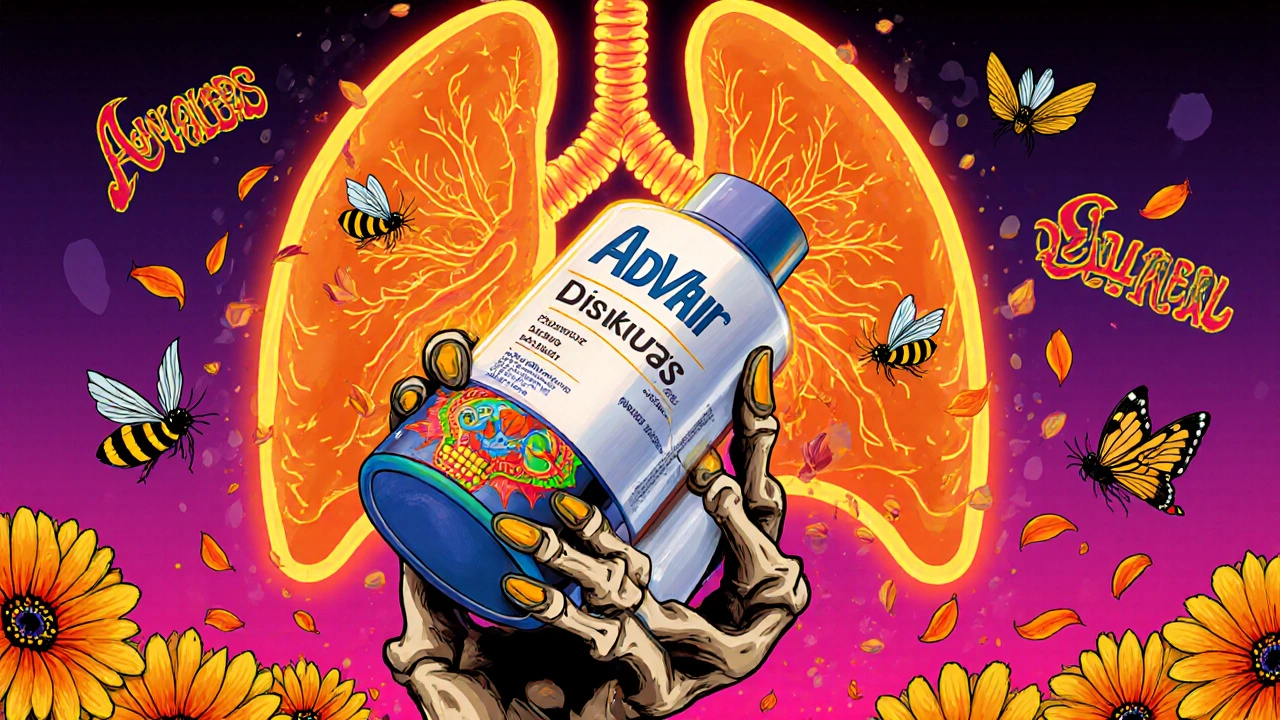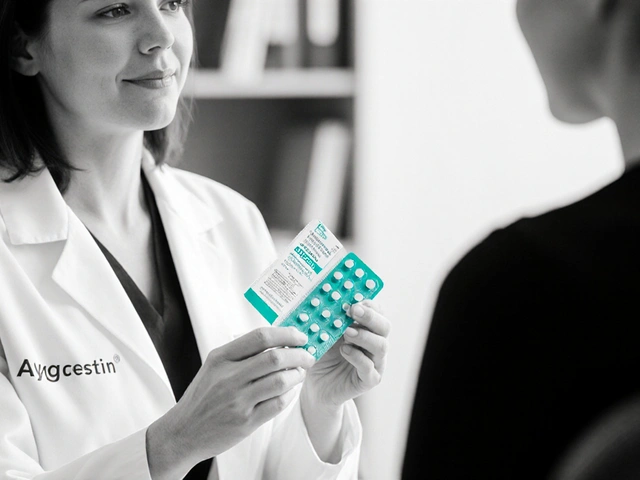COPD Treatments: Effective Options, Medications, and Management Strategies
When you're living with COPD, Chronic Obstructive Pulmonary Disease, a progressive lung condition that makes breathing harder over time. Also known as chronic bronchitis or emphysema, it affects millions who struggle to catch their breath during simple tasks like walking or climbing stairs. The good news? COPD treatments have come a long way. It’s not about curing it—it’s about slowing it down, reducing flare-ups, and helping you stay active longer.
Most COPD treatments start with bronchodilators, medications that relax the muscles around your airways to make breathing easier. These come in short-acting forms for quick relief, like albuterol, or long-acting ones for daily control, like tiotropium. If your symptoms are worse, doctors often add inhaled steroids, anti-inflammatory drugs that reduce swelling in the lungs and lower the risk of serious flare-ups. You’ll often see them combined with bronchodilators in a single inhaler—like fluticasone/salmeterol—to simplify your routine. And while pills like roflumilast can help some, inhalers remain the frontline because they deliver medicine right where it’s needed.
But meds alone aren’t enough. pulmonary rehabilitation, a structured program combining exercise, education, and breathing techniques tailored to lung disease is one of the most powerful tools you can use. Studies show people who stick with it can walk farther, feel less tired, and spend less time in the hospital. It’s not just physical—it’s mental too. Learning how to breathe efficiently, manage anxiety, and avoid triggers like smoke or pollution gives you back control. And don’t overlook oxygen therapy if your blood oxygen drops too low. It’s not just for the very sick—many people benefit from it during sleep or activity.
What you won’t find in this collection are miracle cures or unproven supplements. Instead, you’ll see real comparisons: which inhalers work better for specific symptoms, how to tell if your meds are doing their job, and what lifestyle changes actually make a difference. You’ll learn how to spot early signs of a flare-up before it lands you in the ER, why quitting smoking is still the single best thing you can do—even after diagnosis—and how to talk to your doctor about switching treatments without feeling rushed or ignored. This isn’t theory. These are the tools people use every day to live better with COPD.

Advair Diskus is a common inhaler for asthma and COPD, but cheaper and more effective alternatives exist. Learn how generic versions, Symbicort, Breo, and others compare in cost, effectiveness, and ease of use.
Chris Gore Oct 31, 2025




